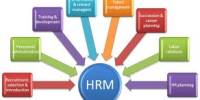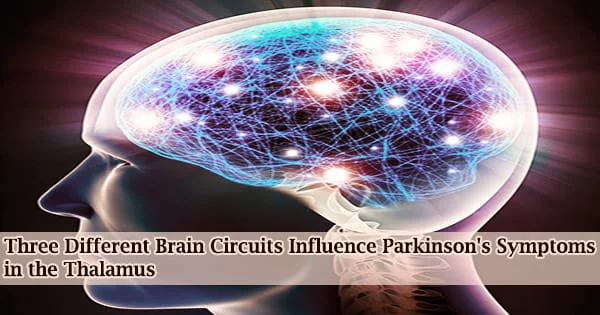Human Resource Management is that it is the process of managing people in organizations in a structured and thorough manner. This covers the fields of staffing (hiring people), retention of people, pay and perks setting and management, performance management, change management and taking care of exits from the company to round off the activities. This is the traditional definition of HRM which leads some experts to define it as a modern version of the Personnel Management function that was used earlier.
The following are the various HR processes:
- Human resource planning (Recruitment, Selecting, Hiring, Training, Induction, Orientation, Evaluation, Promotion and Layoff).
- Employee remuneration and Benefits Administration
- Performance Management.
- Employee Relations.
The efficient designing of these processes apart from other things depends upon the degree of correspondence of each of these. This means that each process is subservient to other.
Human Resource Planning: Generally, we consider Human Resource Planning as the process of people forecasting. Right but incomplete! It also involves the processes of Evaluation, Promotion and Layoff.
- Recruitment: It aims at attracting applicants that match a certain Job criteria.
- Selection: The next level of filtration. Aims at short listing candidates who are the nearest match in terms qualifications, expertise and potential for a certain job.
- Hiring: Deciding upon the final candidate who gets the job.
- Training and Development: Those processes that work on an employee onboard for his skills and abilities upgradation.
Employee Remuneration and Benefits Administration: The process involves deciding upon salaries and wages, Incentives, Fringe Benefits and Perquisites etc. Money is the prime motivator in any job and therefore the importance of this process. Performing employees seek raises, better salaries and bonuses.
Performance Management: It is meant to help the organization train, motivate and reward workers. It is also meant to ensure that the organizational goals are met with efficiency. The process not only includes the employees but can also be for a department, product, service or customer process; all towards enhancing or adding value to them.
Nowadays there is an automated performance management system (PMS) that carries all the information to help managers evaluate the performance of the employees and assess them accordingly on their training and development needs.
Employee Relations: Employee retention is a nuisance with organizations especially in industries that are hugely competitive in nature. Though there are myriad factors that motivate an individual to stick to or leave an organization, but certainly few are under our control.
















